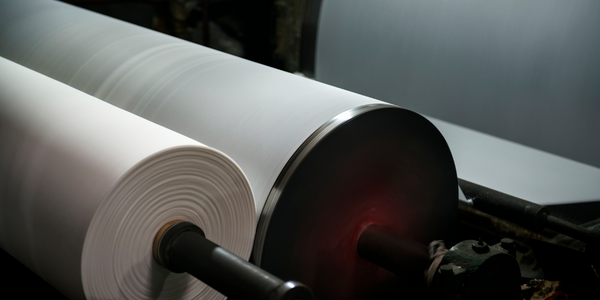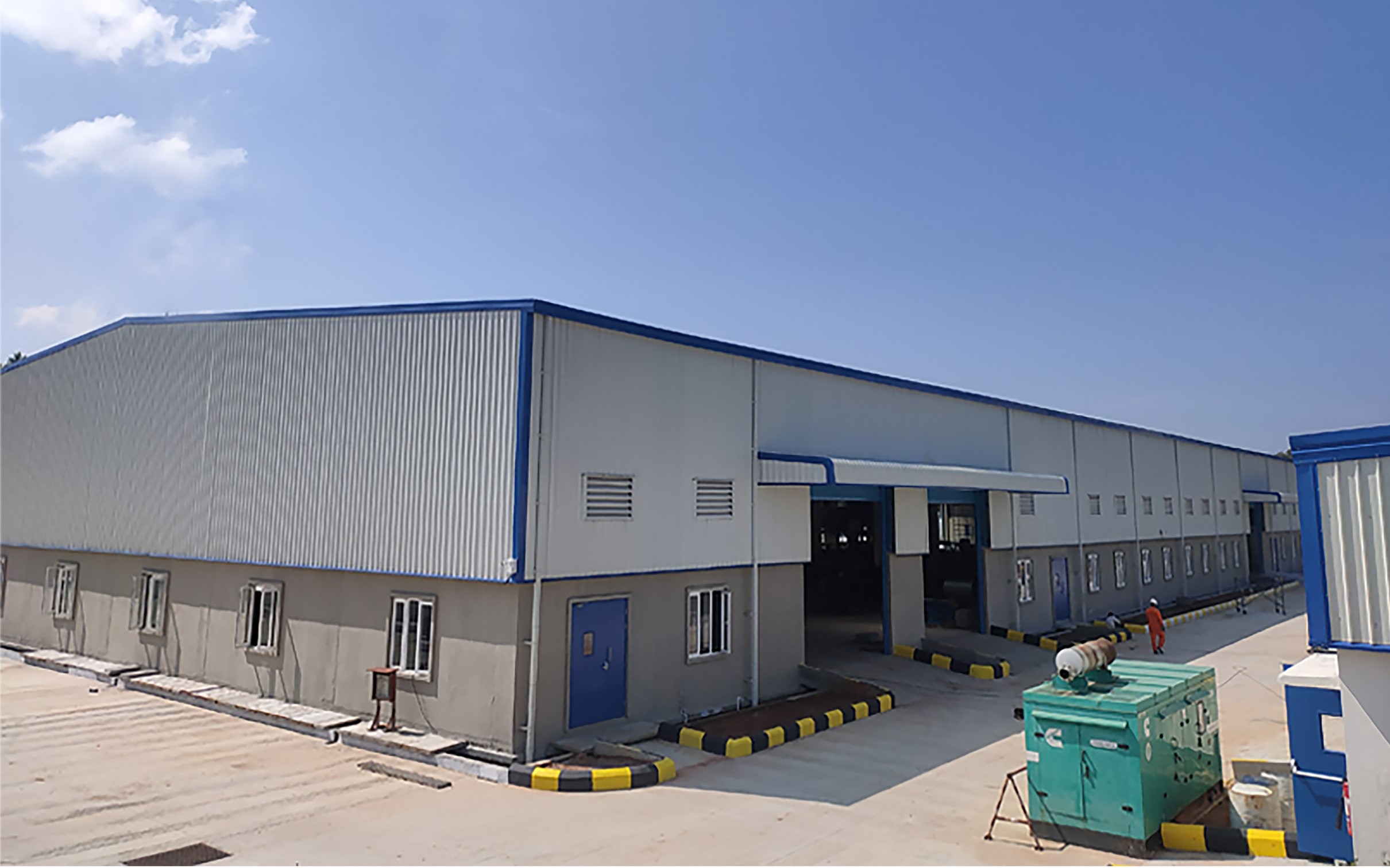Applicable Industries
- Paper & Pulp
Services
- Training
About The Customer
Metafor is a metalworking subcontractor with nearly 50 years of experience in the industry. They produce a wide range of metal products, each of which becomes a unique yet integral part of their customer's end-product. Metafor's extensive engineering expertise and product knowledge make them an ideal partner for customers seeking innovative solutions for their products. The company is committed to continuous improvement and innovation, as demonstrated by their adoption of digital work instructions.
The Challenge
Metafor, a metalworking subcontractor with a wide range of products, faced a significant challenge in configuring robots for each new product on the factory floor. The process was time-consuming and required extensive coordination between operators and the welding manager. The use of paper-based work instructions often led to misunderstandings or were ignored altogether, causing inefficiencies and potential errors in the production process.
The Solution
Metafor adopted Proceedix, a digital solution for creating and deploying work instructions. After a half-day training, the team was able to create their first digital work instructions. These instructions were more comprehensive than their paper counterparts, including images for enhanced clarity. Metafor chose to use 7-inch tablets for the implementation of these instructions, as operators did not need to have both hands free while following them. This digital transformation streamlined the process of robot configuration for new products, reducing the time and coordination previously required.
Operational Impact
Quantitative Benefit

Case Study missing?
Start adding your own!
Register with your work email and create a new case study profile for your business.
Related Case Studies.
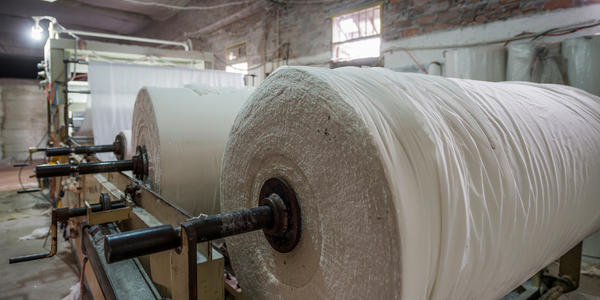
Case Study
Wireless Improves Efficiency in Compressed Air Systems
Hollingsworth and Vose wanted to improve the efficiency of their compressed air system, lower the electricity expense component of manufacturing cost in their commodity industry, and conserve energy leading to lowered greenhouse gas emissions. Compressed air systems degrade over time and become leaky and inefficient. Hollingsworth and Vose wanted to increase the frequency of system inspections without paying the high cost of manual labor.
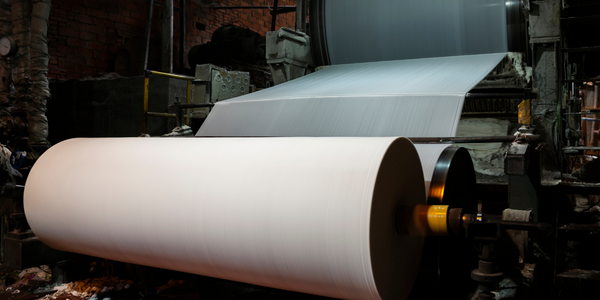
Case Study
Process Predictive Analysis in Pulp and Paper Mill
Common paper breaks consequently lead up to 60 minutes of downtime, delaying a potential $10K per hour of production value process. Thus, defective products cause financial and damage company's reputation. Improving quality and reducing defect rates can generate millions of dollars of revenue per year for your company.

Case Study
Industrial Video Monitoring for Security and Regulatory Compliance
Because of the Stevenson mill’s proximity to the Tennessee River, WestRock was required by the USCG to comply with the Maritime Security 33CFR (MARSEC) regulations. WestRock needed a video security system but wanted to add other applications not required by the government, such as video process monitoring, condition monitoring, and wireless network management. WestRock needed a reliable video solution to avoid the compliance fines and possible security risks – but the solution needed to be implemented in the most cost-effective manner possible.
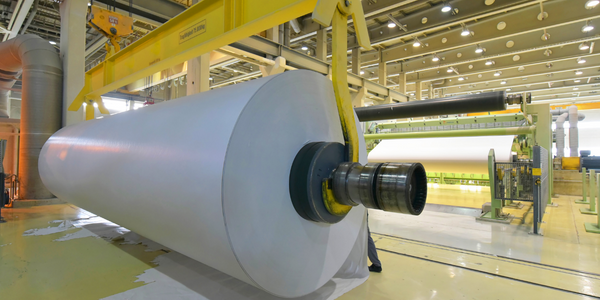
Case Study
ECOsine Active Increased Reliability in the Paper Industry
The paper and pulp industry is interlinking intelligent hi-tech machines to highly efficient production lines. Higher power DC and AC motor drives perform the automation tasks. Every kind of interference that negatively affects the reliability and safety of the installation may lead to production downtime and consequently to significant financial losses. AC and DC motor drives are so-called non-linear loads as they draw a nonsinusoidal current from the grid. Resulting harmonics of current and voltage can interfere with the operation of nearby consumers and overload the electrical infrastructure. In this particular application, the load cycles of the drives often caused interruptions in the production process because of disturbances coupling into the fieldbus system.







